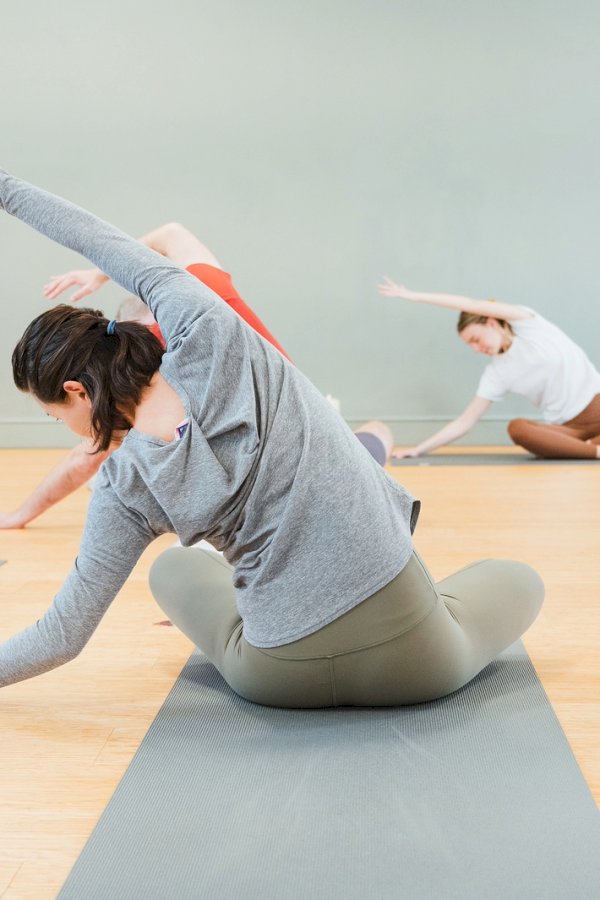Yin Yoga is a rejuvenating practice that focuses on holding seated poses for an extended period, typically three to five minutes or longer. This form of yoga allows you to 'work' your deeper Yin tissues, including ligaments, joints, fascial networks, and bones, in addition to the meridians. The concept of the meridians is derived from Traditional Chinese Medicine (TCM) which plays a significant role in Yin Yoga, influencing both the physical and energetic aspects of the practice.
'Chi' Energy:
In TCM, the meridians are energy channels that Chi, the vital energy or essential life force, flows through throughout our body. These meridians connect our various organs, tissues and physiological functions, forming a complex invisible network to nourish the organs. To balance the Chi energy, acupuncture, asanas, the breath and focusing the mind can be utilised to prevent disease and maintain health. Yin yoga can target the last three methods to harmonise our Chi energy.
In acupressure, pressure is applied to specific points along the meridian pathway to stimulate the flow of Chi. These are known as acupoints which help to alleviate tension, promote relaxation, and help common ailments. Both Yin postures and acupoints help to promote the smooth flow of Chi energy throughout the body, addressing both the physical and energetic aspects of the body-mind connection.
The Yin and Yang Organs:
The meridians come in pairs, as the organs can be characterised as either yin or yang, with every organ having a supportive yin element and an active yang element. In terms of the human body, the lower half that is closer to the ground is the yin half and the upper body which is closer to the sky is more yang. Yin organs transform, regulate and store primary energies, including the kidneys, heart, liver, spleen, and lungs. Yang organs are involved with impure substances, such as undigested food, urine, and waste, such as the urinary bladder, gallbladder, stomach, and small and large intestine. Yin qualities such as stillness are cultivated through these long-held poses, whilst the Yang qualities such as strength and stability support the body in maintaining the pose.
The Lower and Upper Body Meridians:
There are 12 main meridians, 6 are yin meridians that begin or end in the feet, 6 are yang that begin or end in the hands. The yin meridians that are the lower ones are more frequently affected during a yin practice.
The Lower Body Meridians - liver, gallbladder, kidney, urinary bladder, spleen and stomach.
The Upper Body Meridians - heart, small intestine, lung, large intestine, pericardium, San Jiao.
Join Emily for her new 'Sunset Yin Yoga' class every Wednesday evening at 7.30pm to explore these Meridian pathways with an insight into acupressure. All postures will be seated, and props will be used throughout. Leave feeling rejuvenated, more mobile and with a calmer mind.

 Login or Register
Login or Register








Vicky Burke (5/6/2024)
Really interesting and great explanation of Yin and the meridians. Thanks Emily.